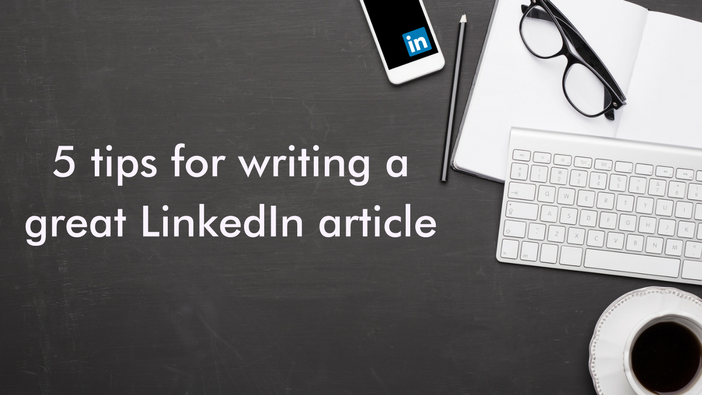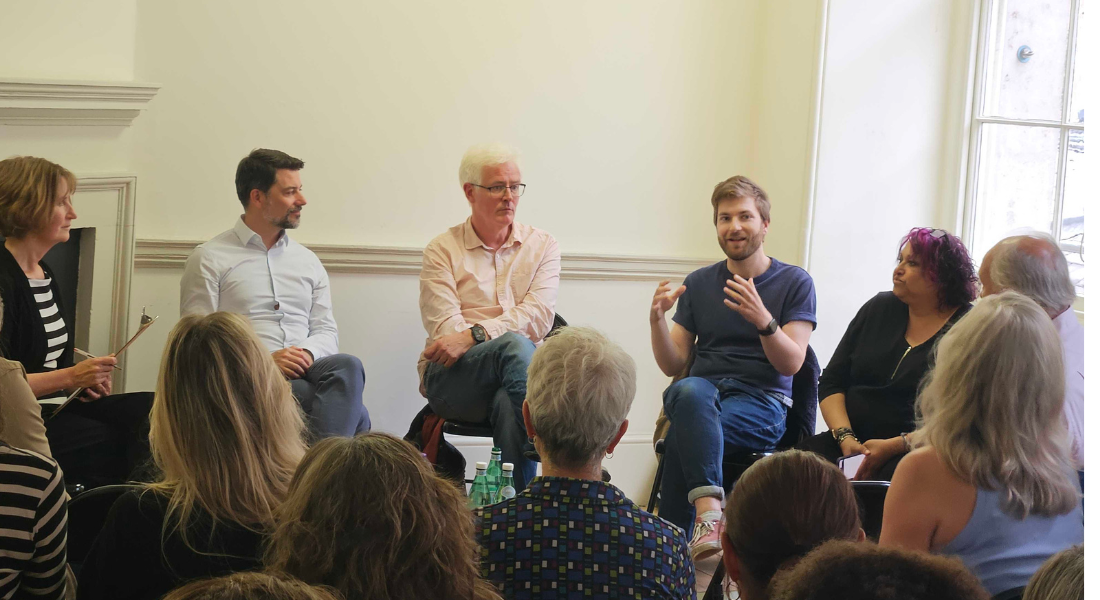Publishing articles on LinkedIn is great way to get noticed as a thought leader in your industry. But it is not easy to sit down at a blank screen and write an attention-grabbing blog. Where do you start? What should you discuss, and how can you make those who matter sit up and take notice?
Here are our five top tips that will help you connect with the readers you’re looking to reach.
1) Choose a relevant topic
This might sound obvious, but choosing a subject matter relevant to you makes writing a blog or article a lot easier. You will be more likely to demonstrate your own knowledge and enthusiasm – and this will help engage your readers. But where to begin? Well, recent industry trends are always a good place to start; looking at how these could affect your intended reader, or their business, will provide them with a timely and helpful article.
Personal development is another big draw which attracts people to articles on LinkedIn. Think about what advice you can offer that could improve the way people work. Remember, if you are trying to be genuinely helpful, your posts are more likely to resonate with your target audience.
2) Use your own experiences
As a businessperson, there will be many occasions when things you have been involved with have gone brilliantly or not so well. These experiences are a goldmine and sharing them will make your articles more intimate and honest.
A good anecdote can draw in a reader and help you build a bond with them. It helps make your subject matter less abstract, as it’s more real to life, and provides an example which they can relate to.
3) Consider your reader’s viewpoint
Although you want to share your own experiences, make sure you are writing with your reader’s perspective in mind. Whatever you do, don’t fall into the trap of writing a ‘dear diary’ style blog. If you don’t empathise with your reader and see things from their viewpoint, you are less likely to connect with them.
If you’re offering advice to people less senior than you, for example, it is worth trying to remember what your day-to-day challenges were at that stage of your career – they are probably very different to those confronting you today.
4) Make it easy for the reader
Don’t assume that because you have written it, people will read it. Your reader’s time is precious, and they will want to know your post holds value for them before they commit to reading. Make it easy for them to decide whether your blog is worth the time.
If you simply offer a large chunk of text with no breaks, it makes it harder for readers to make that decision. It will also make reading it seem like a chore and will reduce levels of engagement. So try to break up your text using sub-headers, numbered lists or pull out quotes. This will help people quickly scan the text to see if it is relevant and then digest the content in bitesize pieces.
This approach will also help you map your thoughts and present them in a logical structure.
5) Leave the title until last
The title of your article may well be the most important line you write. The headline is what commonly determines whether a person will click through to a post or not. It’s vital to get right.
You could easily spend an age agonising over the headline, however, only to find that when you start writing the article your thoughts take you off in a subtly different direction.
There is no problem with pencilling in a working title – it helps get things moving. But hold off penning the final headline until you know it is truly reflective of the final piece. If you want your readers to trust you, and read more of your posts, you’ll want to ensure they don’t feel misled.
To learn how to make the most of this blogging platform, take a look at Fourth Day’s latest eBook Influencing prospective clients using LinkedIn.
Share this:





